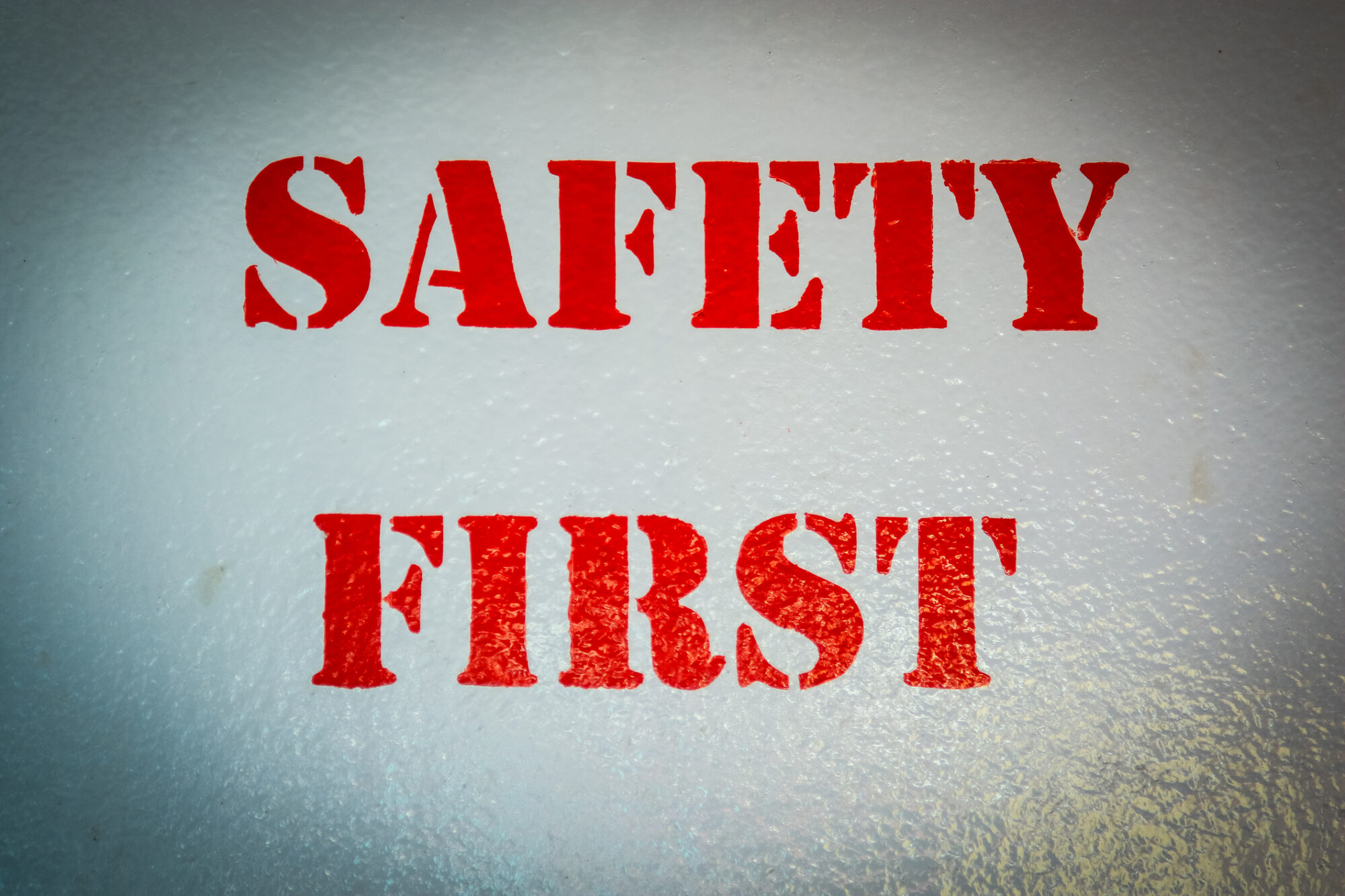Safe Boating: Navigating the Waters Responsibly
Boating can be a thrilling and serene way to enjoy the water, whether you’re sailing, fishing, or simply cruising. However, with the excitement of being on the open water comes the responsibility of ensuring your safety and the safety of others. Here’s a guide to help you navigate the waters responsibly and make your boating experience both enjoyable and secure.
1. Wear a Life Jacket
It might seem like common sense, but wearing a life jacket is the simplest and most effective way to stay safe on the water. Ensure that every passenger on your boat, regardless of their swimming ability, wears a properly fitted life jacket. Children, in particular, should always have a life jacket on.
2. Know the Rules and Regulations
Every waterway has its own set of rules and regulations. Familiarize yourself with local boating laws, speed limits, and navigation rules. This knowledge helps prevent accidents and ensures you’re operating your boat legally.
3. Check the Weather
Weather conditions can change rapidly, and being caught in a storm while on the water can be dangerous. Always check the weather forecast before heading out and keep an eye on the sky for any sudden changes. If you notice dark clouds, strong winds, or lightning, it’s best to head back to shore.
4. Perform a Pre-Departure Checklist
Before setting sail, run through a pre-departure checklist to ensure everything is in working order. Check the boat’s engine, fuel, battery, and other critical systems. Make sure you have enough fuel, and inspect your safety equipment, including fire extinguishers, flares, and first aid kits.
5. Avoid Alcohol
Just as with driving a car, operating a boat under the influence of alcohol is illegal and highly dangerous. Alcohol impairs your judgment, balance, and reaction times, increasing the risk of accidents. Save the celebratory drinks for when you’re safely back on shore.
6. Keep a Lookout
Always be aware of your surroundings. Keep an eye out for other boats, swimmers, and obstacles in the water. Designate a passenger to assist with lookout duties, especially in busy or congested areas.
7. Use Your Lights
If you’re boating after dark or in low visibility conditions, make sure your navigation lights are functioning correctly. Proper lighting helps other vessels see you and helps you avoid collisions.
8. Stay Informed and Educated
Boating safety courses are available for boaters of all experience levels. These courses provide valuable knowledge about safe boating practices, navigation rules, and emergency procedures. Consider taking a course to enhance your boating skills and knowledge.
9. Have a Float Plan
Before heading out, let someone on land know your plans. Share details about where you’re going, how long you expect to be out, and who is with you. In case of an emergency, this information can be crucial for rescuers.
10. Respect the Environment
Boating responsibly also means protecting the environment. Avoid disturbing wildlife, dispose of trash properly, and be mindful of your wake to prevent erosion and damage to shorelines.
By following these safety tips, you can enjoy the freedom and beauty of the water while ensuring a safe and responsible boating experience. Remember, the key to a great day on the water is preparation, awareness, and respect for the rules and the environment. Happy boating!
Site created by Steve Stedman of Stedman Solutions, llc.